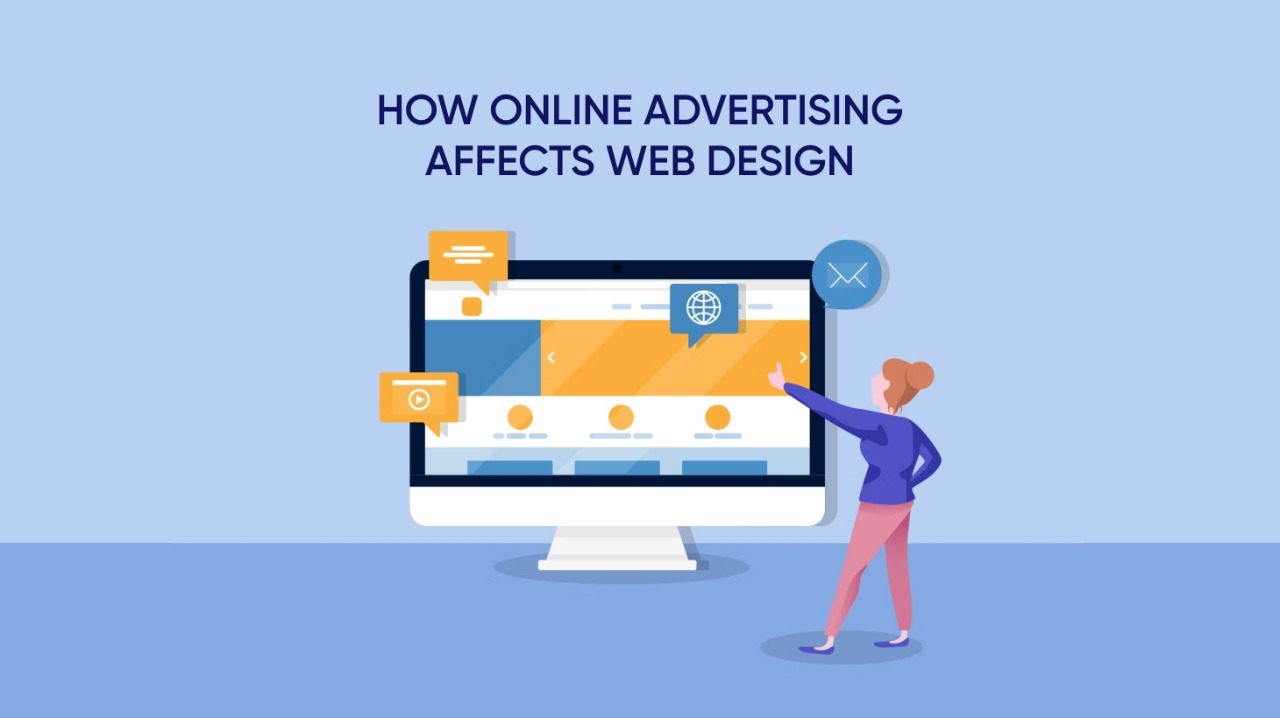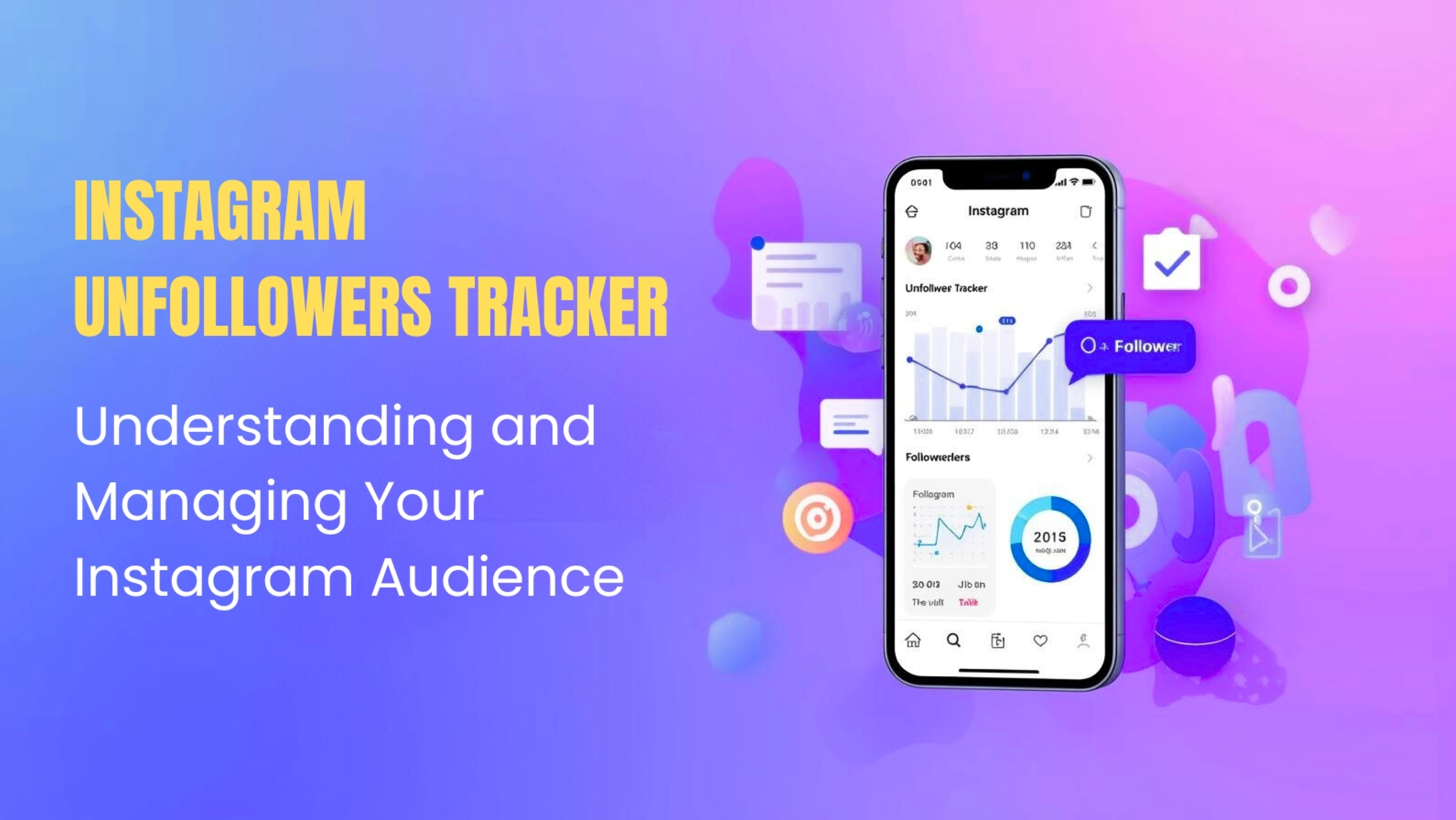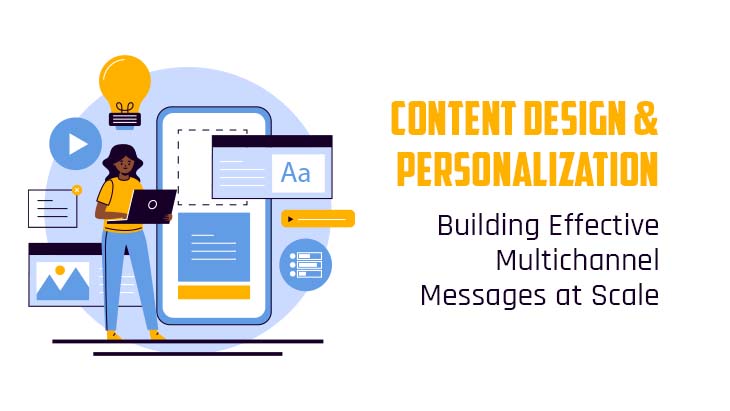Introduction
Gone are the days when we used blogging to share our thoughts and creativity. With the advent of Google ads, blogging has changed completely. People now blog as a way to spend time writing when they are inspired, and they also make the most of it by getting paid. Even they use social media scheduler to post their blogs easily without missing any sort of time to grab more reach with the best time posting feature.
Suddenly, advertisers have access to the attention of millions of people. They can now reach potential customers through popular blog posts and more targeted ads delivered to their email inboxes.
For bloggers, the dilemma is finding the right way to monetize their blog while preserving the integrity of their writing. Designing websites to accommodate the needs of display ads changed the layout of almost all the blogging websites we read on the open web.
Balancing Act!
Showing ads are as delicate as walking on a tightrope with a balance of the right amount of content and advertisement:
* Show too much advertisement, and the reader or viewer loses attention and moves on with something else.
* Show too little or no advertisement, and you lose the opportunity to monetize the content.
* Write content revolving around the product, and you might seem ingenuine.
When monetizing the content, getting the right balance of advertisement vs. content is crucial. This has led to a change in how most websites are designed to accommodate both the reader's and the advertiser's needs in the right frame.
Screen Size Matters!
Changing the position of advertisement and content means having a deep understanding of data of the device used to consume data.
If you're a web developer, the device informs you beforehand on what device is requesting data, which allows you to optimize the content per the screen size.
Nothing is more satisfying than consuming content tailor-made for the device a user uses, since minimal effort or interaction is required on the readers' or viewers' end to engage with the delivered content.
Major Screen Sizes
A web developer typically designs or develops websites for four major screen types: mobiles, tablets, laptops, and desktops.
Some benefits of having content designed for various screen sizes are:
* Readers don't have to pinch and zoom if the website is only made for desktops, and desktop readers don't have to look at huge fonts that are meant to be displayed on the phone screen.
* Retain user engagement when users are immersed in the content they are consuming
* Fewer user jumps due to boring or unstructured content
Screen Size and Layout of the Advertisements
For Smaller Screens
Generally speaking, advertising layouts designed for smaller screens tend to be more concise and organized than those designed for larger screens.
As there isn't enough room to display a lot of text or visuals on a small screen, advertisers must be more selective about what they include in their ads.
Additionally, ads optimized for small screens may also feature shorter copy and less imagery, making them more effective in reaching and engaging targeted audiences.
Usually, the layout of mobile ads is more geared towards giving maximum space for the ad while the user is scrolling:
* Scrolling Break Ads: These ads are displayed every few paragraphs to engage the reader and show the ad while the user is casually scrolling without distracting the reader too much.
* Sticky Banner Ads: These are always in the users' field of vision, so they cannot be big or take the complete screen. These ads are usually kept on one of the four edges.
* Full-Screen Ads: These ads hijack the entire screen to display the ad for a short time.
For Tablets, Laptop, and Desktop
The positioning of the ads is quite similar, except the size differs based on the screen size.
300x250 px Display Ad on The Side of The Content
This is a non-intrusive ad that is displayed on the sides of the main content, usually videos, gifs, or images. This is the most used display ad for online display ads.
If you have to make an ad online for a website that you need to monetize without the ad being too jarring, you can use 300x250 px ads as they tend to be far less intrusive compared to other forms of ads.
Potrait 300x1050px
Portrait display ads offer significantly more screen real estate than other forms of available google display ads.
Full Banner Ads 468x60px
These ads are similar to scroll breaker ads on mobile; they are very small, don't break the readers' flow, and keep reappearing every few lines.
Billboard 970x250 px
These Billboard Ads take up the prime space when it comes to the adspace. Here, the moment any user visits the website, they are likely to be taken to the beginning of the site.
This makes the ad placement very lucrative for advertisers.
Multi Ads Placement
All websites can do this kind of layout to accommodate three huge google display ads, but these are less desirable since the content is pushed far down to make space for the ads.
Effectively Make an Ad Online That Converts Readers Into Customers Using Video Advertisement!
Identify the Target Audience
Your video's target audience will depend on the product or service you are advertising.
For example, if you are selling a product, your target audience will be people who purchase that product. If you are promoting a service, your target audience may be people who need that service.
Brainstorm What the Video Is Going to Be About
Your video should be about your product or service and what it can do for your target audience.
For example, if you are selling a product, you might want to discuss its features and why people should buy it. If you are promoting a service, you might discuss the benefits of using that service.
Think About the Visuals You Would Like to Produce
Visuals can have a huge impact on how people view your video.
You could produce high-quality visuals that highlight your product or service. Or, you could choose to create a fun and engaging video that will draw people in.
Whatever visuals you choose, make sure they match the tone of your video and content.
Research Affordable Video Production Tools and Platforms
There are many affordable video production tool and platforms available online. You can find tool designed for both amateur and professional videographers.
Look for programs with versatile editing capabilities and easy-to-use interfaces so you can quickly create high-quality videos without hassle.
Some popular video production tools provide advertisement video templates that you can use to save time.
Plan and Shoot Your Video
Once you have chosen your tool and visuals, it's time to plan your video shoot! Decide where and when you would like to shoot your video, then book an appropriate location or schedule an appointment with a professional cameraman/woman.
Once you have all of the details sorted out, shoot your video!
Conclusion
In conclusion, online advertising can have a big impact on web design. Advertisers must be careful not to show too much or too little, as this can lead to less effective ads.
Additionally, web developers need to be sure to website design layouts that accommodate the needs of both readers and advertisers.
















Post Comments